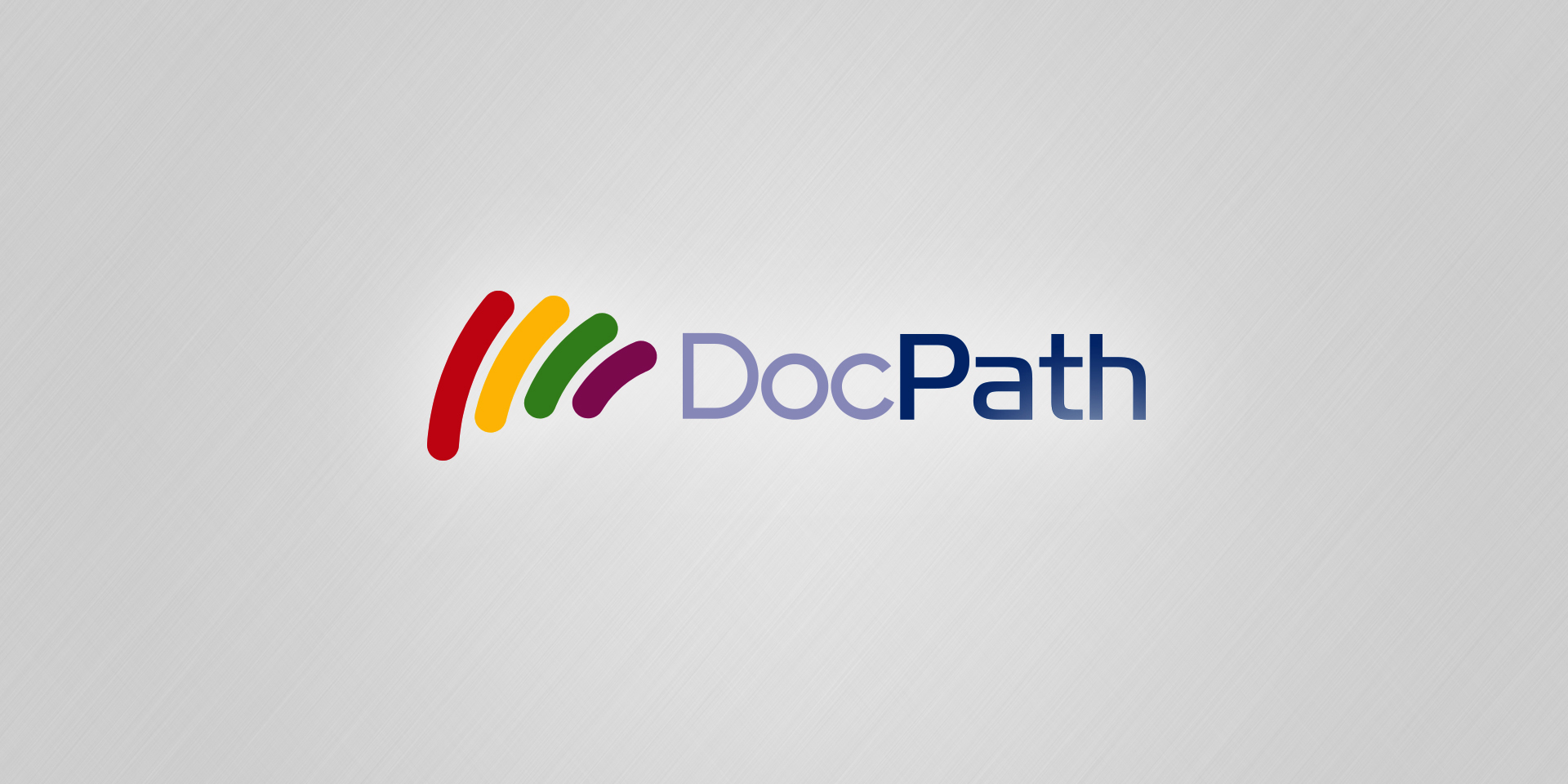
Throughout history society has experienced all kinds of changes and those that have motivated more progress and transformation in the population have been, without doubt, related to the way we think. The fact that Galileo announced the earth revolved around the sun was dismissed as folly by many of his contemporaries, however astronomy evolved thanks to the opening of minds experienced by later generations.
Society has been formed the way it is thanks to this type of bickering. Controversies that have affected all areas of science, technology, philosophy, and many more sectors. Sometimes, however, we tend to be quite incredulous and we need evidence proving what visionaries have predicted to begin to take action and correct our behavior.
This is exactly what has happened regarding the environment. Until we have been direct witnesses of the effects of climate change, we labeled messages from environmentalists, scientists and all sorts of experts as apocalyptic.
However, a couple of years ago, recycling became common in many homes, now we care more about the water we consume and businesses have begun to implement plans of Corporate Social Responsibility contemplating actions to reduce energy consumption and prevent the transmission of CO2 into the atmosphere.
The fact that companies are betting heavily on this type of policy has much to do with the demands of users, who are increasingly concerned that products or services acquired from a company should offer environmentally friendly conditions.
Green IT – The response to a public outcry
Logically these user demands have affected the world of IT, which has long been endeavoring to develop greener technologies. The response to this demand has appeared as a concept: Green IT. This strand seeks to encompass all those applications that optimize the internal processes of an organization and make it more productive at the same time it promotes a responsible consumption of resources.
The use of virtual environments, the use of software as a service and the emergence of more efficient data centers are examples of what has been termed Green IT. But there are many technologies that have existed for years, and if implemented, they could contribute in a significant way to maintaining our natural environment.
One of them is related to document software. According to IDC, European companies spend an average of 300 euros annually per employee in printing and scanning services. However, in certain sectors this figure increases to 740 euros.
This economic data also has an impact on the environment. Only in Spain the consumption of paper per person is 176 kg. a year, exceeding by 21 percent the average of the European Union, which does not exceed 139 kg. per person.
Addressing this situation is easier than it might seem at first. Document software projects are now quite affordable and within reach of companies of any size to help them adopting Green IT policies. As if this wasn’t enough, the return on investment that comes with them is almost immediate, as the reduction of paper usage entails a significant cost reduction.
Green IT – Environmental policies which promote savings
All organizations are currently cutting their budgets, but they do not usually pay much attention to the amount of paper they use and the associated costs that this entails for the company.
There are some sustainable practices that require a change of mentality by the employees and do not represent any cost whatsoever to the organization: double sided printing, using black and white cartridges and printing in color only when strictly necessary and making sure that the printers meet the organizational needs may seem quite easy. However, such initiatives often fail because the user is not conscious enough, and may use company resources for personal tasks or they just do not care at all what the company they work for spends on paper.
Document technology avoids these temptations through document and print control systems, making it possible to set print quotas for users or departments, to set a certain number of copies per month and learn first hand how the printers in an organization are operating. Only with these mechanisms, companies can achieve savings of up to 30 percent in the account expenditure dedicated to this matter.
But the savings go much further. When you control the printing operations, you can tell if the performance of the equipment you use is adequate, if you have more printers than you need and whether it would be best for the organization to get rid of some of them and acquire more multifunctional equipment as the reduction in the number of machines would also mean a significant decrease in energy consumption.
Printing control systems are not the only policies that promote savings and encourage responsible consumption, Green IT policies. The creation of documents on the Internet or the ability to fill in any kind of form using the net are causing many organizations to significantly reduce the presence of paper in their offices.
A picture is worth more than a thousand words
Clearly document software solutions offer organizations the opportunity for implementing «Green IT» policies to be more environmentally friendly, while reducing costs. But the benefits of this technology go even further. When we reduce the presence of paper and computerize documents, we achieve more flexibility and this affects the optimization of internal processes within the organization and increases employee productivity.
A better internal operation always causes a positive impact on the consumer or end user because the speed of the service being offered increases and also a more personalized attention is given. A satisfied customer contributes to maintaining a positive corporate image of the company and therefore also contributes to increasing economic benefits.
Julio Olivares,
president and founder of DocPath